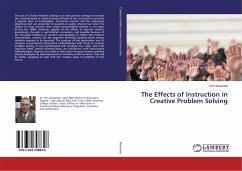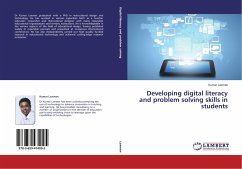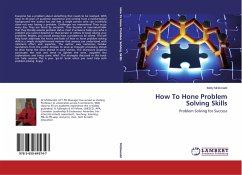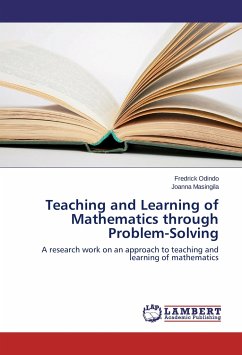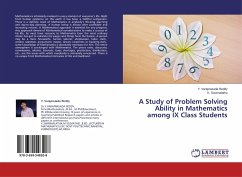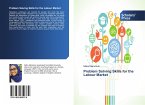The use of Creative Problem Solving as an instructional strategy to increase the creativity levels of students across all levels of the curriculum is currently a popular topic of investigation. Curriculum content and the underlying objectives that are presented to students in public schools have been the subject of close scrutiny since school accountability became a hot topic during the 1980's. However, despite all the efforts to improve student productivity through a well defined curriculum, and possibly because of the increased emphasis on student accountability to reflect that student improvement, concern for the apparent declining creativity levels among students appears to be growing. The purpose of this dissertation was to compare conventional instructional methodologies with those of creative problem solving. It was hypothesized that students' low, high, and total cognition levels, overall creativity levels, and satisfaction with instructional methodologies, improve as a result of instruction through creative problem solving strategies. By improving levels of creativity within students, they will be better equipped to deal with the complex types of problems of the future.

